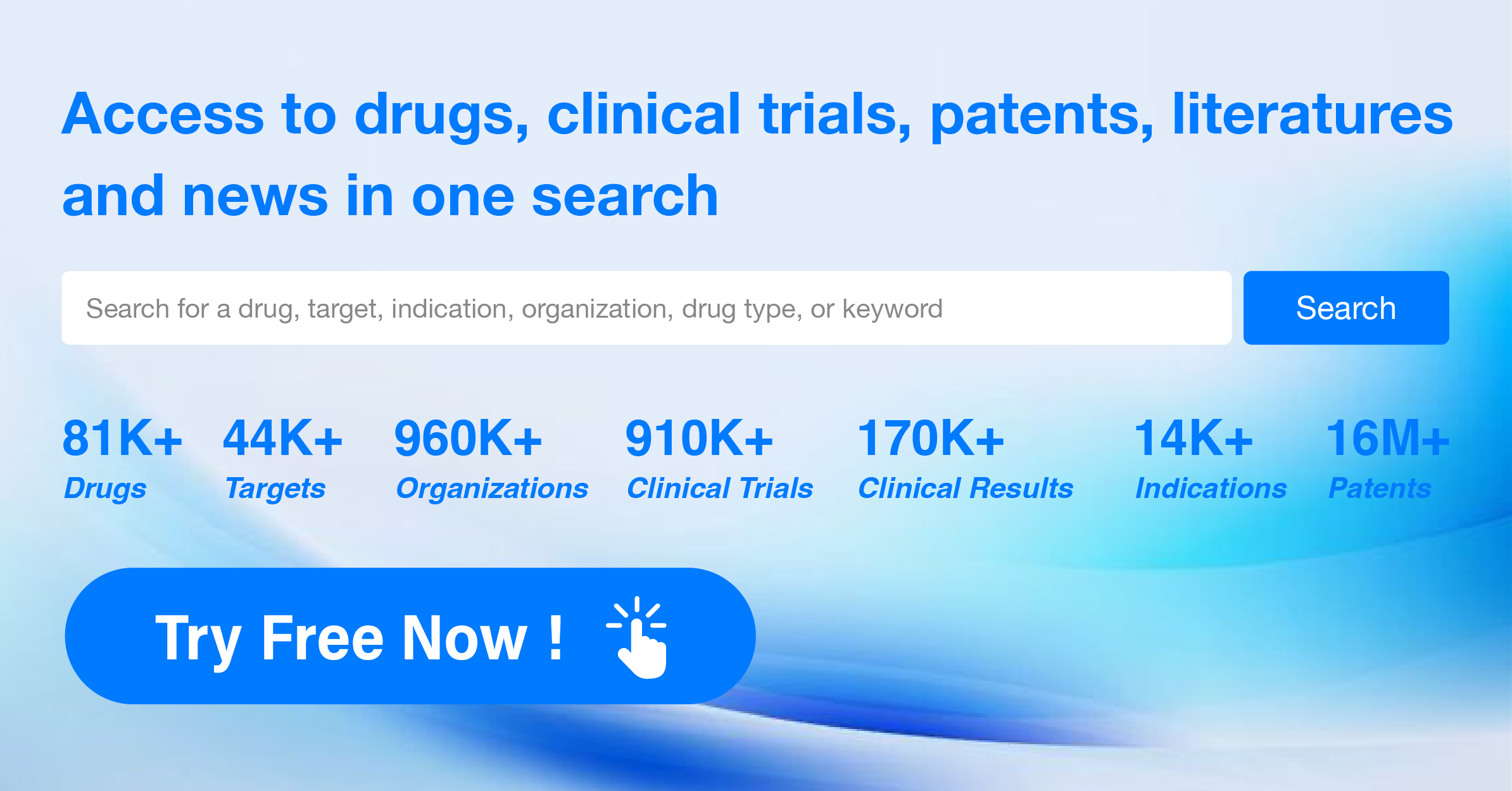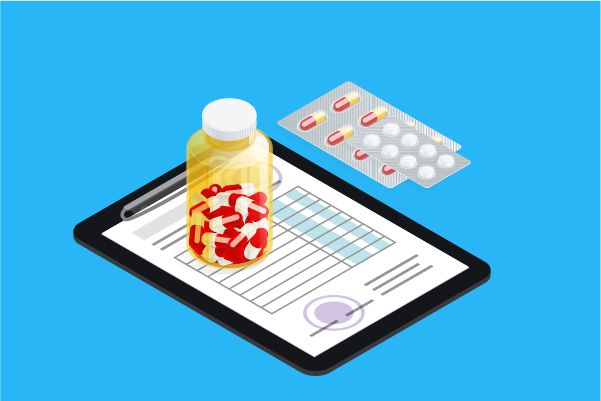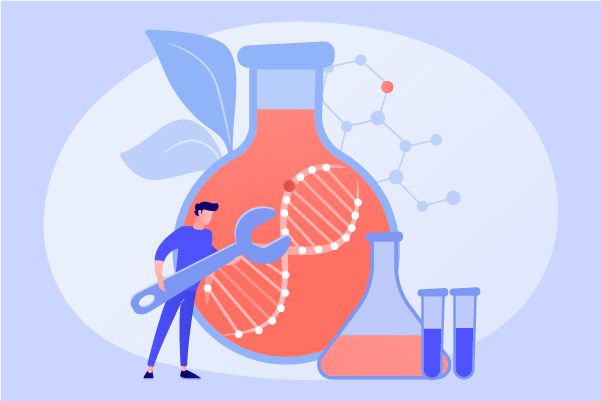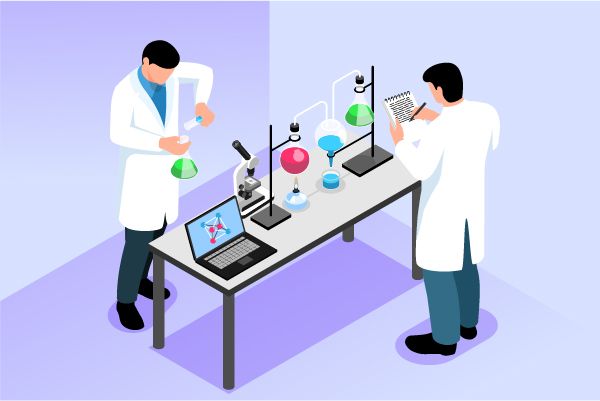What is the drug-release principle of sustained-release and controlled-release formulations?
The drug-release principles of sustained-release and controlled-release formulations are mainly based on controlling the rate at which the drug is released from the formulation in order to prolong the duration of the drug's action, reduce the frequency of administration, and maintain a more stable level of drug concentration in the blood. This enhances therapeutic effectiveness and reduces side effects. The following are the drug-release principles of these two types of formulations:
Sustained-Release Formulations:
Sustained-release formulations are designed to release the drug slowly at a non-constant rate within the body. They often employ technical approaches such as matrix, membrane-controlled or osmotic pump mechanisms to regulate the release of the drug. For example, the drug can form a gel network with a hydrophilic polymer, controlling the release of the drug through the gradual dissolution and swelling of the gel. Another common mechanism is the use of insoluble or partially soluble coating membranes to control the rate of drug diffusion.
Controlled-Release Formulations:
Controlled-release formulations are intended to release the drug at a relatively constant rate over a specified period of time. Such formulations typically utilize semi-permeable membrane technology, in which the drug is encapsulated within a semi-permeable membrane that controls the ingress and egress of water molecules, using osmotic pressure differences to drive the drug out at a consistent rate. Osmotic pump-type controlled-release formulations are a good example; they use the principle of osmotic pressure and release the drug at a constant rate through micropores in the semi-permeable membrane. The design of controlled-release formulations can also be achieved through biodegradable materials or special chemical bonds that only release the drug under specific conditions within the body. The application of these drug-release principles gives sustained-release and controlled-release formulations significant advantages in the treatment of diseases that require long-term maintenance of drug levels, such as chronic disease management, reducing the frequency of patient medication, and improving adherence.




